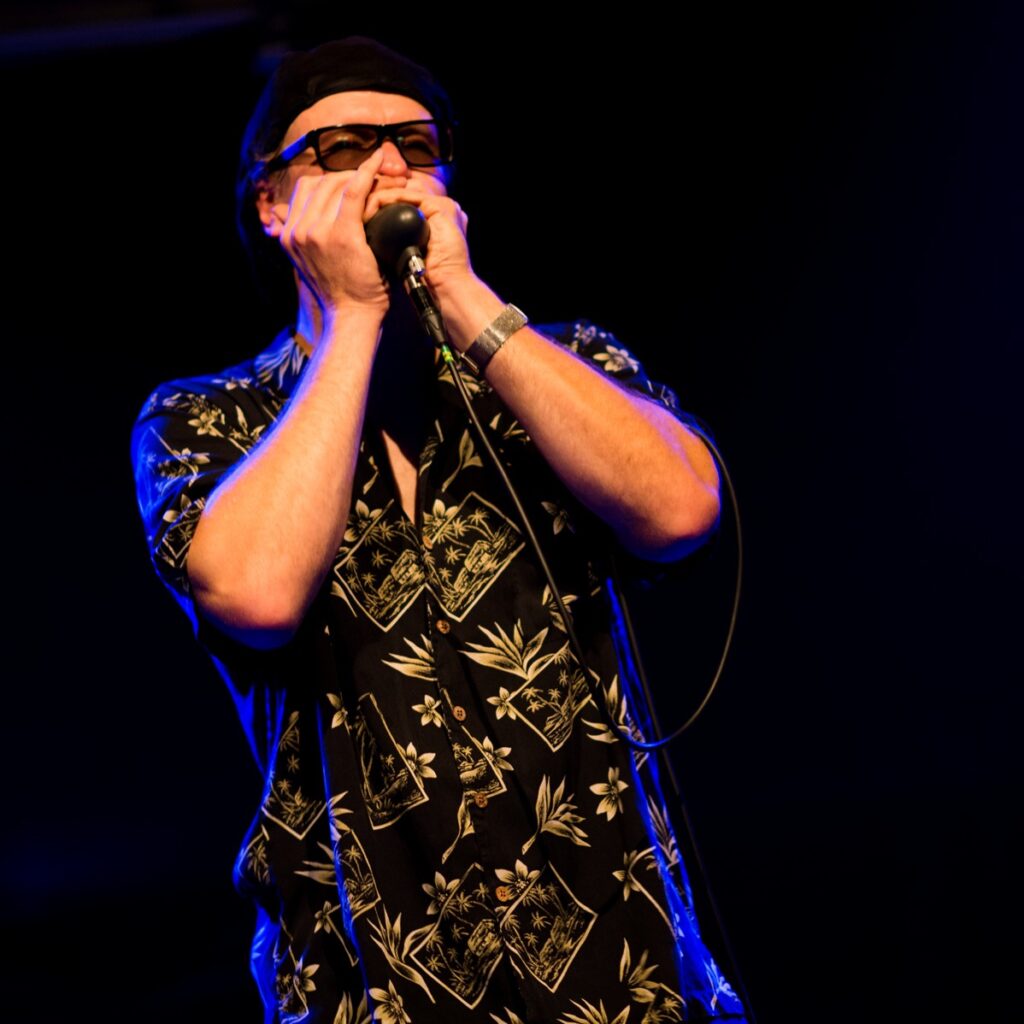Joe will be teaching more from the traditional blues big sound & tone approach to playing the diatonic harmonica. Bring your A, Bb, C, D and G harps and prepare to be introduced to more essential blues harp repertoire.
Instructor Bio
Revered as a master player, teacher, custom harmonica pioneer, researcher, and historian, Joe Filisko is arguably the world’s foremost authority on many aspects of the diatonic harmonica and a key figure in today’s harmonica scene. Over the past 20 years he has had a tremendous influence on developments in the culture of the instrument. His much sought after custom harps are used by a remarkable roster of players and are prized for their superb response and tonal qualities by a client list that includes a large proportion of the world’s diatonic harmonica elite. Since the early 1990s, his groundbreaking work in improving the playability of the instrument has directly affected the production of all major harmonica manufacturers. In 2011 Joe Filisko entered into a close cooperation with Hohner as Head of Certification Process for the company’s new Affiliated Customizer Program, a bold move to guarantee standards for purchasers of custom harmonicas which is without precedent in the harmonica industry. He also made important design contributions to the latest model of Hohner’s Marine Band range, the Thunderbird, which bears his signature and has been cited as the finest low key harmonica available on the market today.
Fueled by his desire to preserve historical harmonica styles from extinction, Joe Filisko has amassed not only an encyclopedic knowledge of the entire gamut of traditional harmonica techniques, but has mastered them to an extent unrivaled among contemporary players. His passion for both the well-known and the unsung heroes of the 10-hole diatonic has made him a riveting performer in his own right, with a fluid command of a wide range of styles and possibly the most powerful hand effects ever heard. A master of tone and complex, nuanced tongue block rhythms, he has for many years shared his knowledge with students on five continents and so contributed enormously to the widespread understanding of traditional harmonica styles among a new generation of players.

